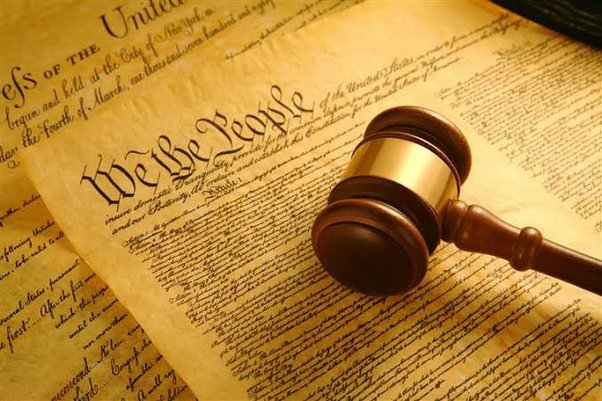A constitutional document outlines only broad and general principles meant to endure and be capable of flexible application to changing circumstances-a distinction which differentiates a statute from a Charter under which all statutes are made.
One constitutional power is necessarily conditioned by the other as the Constitution is one “coherent document”. In expounding the process of the fundamental law the Constitution must be treated as a logical-whole. The distinction between what is constitutionally permissible and what is outside it is marked by a `hazy-gray line’ and it is the Court’s duty to identify, “darken and deepen” the demarcating line of constitutionality – a task in which some element of Judges’ own perceptions of the constitutional ideals inevitably participate. There is no single litmus test of constitutionality.
Constitution must be treated as a logical-whole
In expounding the processes of the fundamental law, the Constitution must be treated as a logical-whole. Westel Woodbury Willoughby in the “Constitutional Law of the United States” states:
“The Constitution is a logical whole, each provision of which is an integral part thereof, and it is, therefore, logically proper, and indeed imperative, to construe one part in the light of the provisions of the other parts.”
Cooley on “Constitutional Limitations” says: “Upon the adoption of an amendment to a constitution, the amendment becomes a part thereof; as much so as if it had been originally incorporated in the Constitution; and it is to be construed accordingly.”
In considering the validity of a constitutional amendment the changing and the changed circumstances that compelled the amendment are important criteria. The observations of the U.S. Supreme Court in Maxwell v. Dow (44 lawyer’s Edition 597 at page 605) are worthy of note:
“….to read its language in connection with the known condition of affairs out of which the occasion for its adoption may have arisen and then to construe it,, if there be therein any doubtful expressions, in a way so far as is reasonably possible, to forward the known purpose or object for which the amendment was adopted…..”
Reference
Justice Venkatchalaiya in ‘Kihoto Hollohon v. Zachilluhu (1992)’
